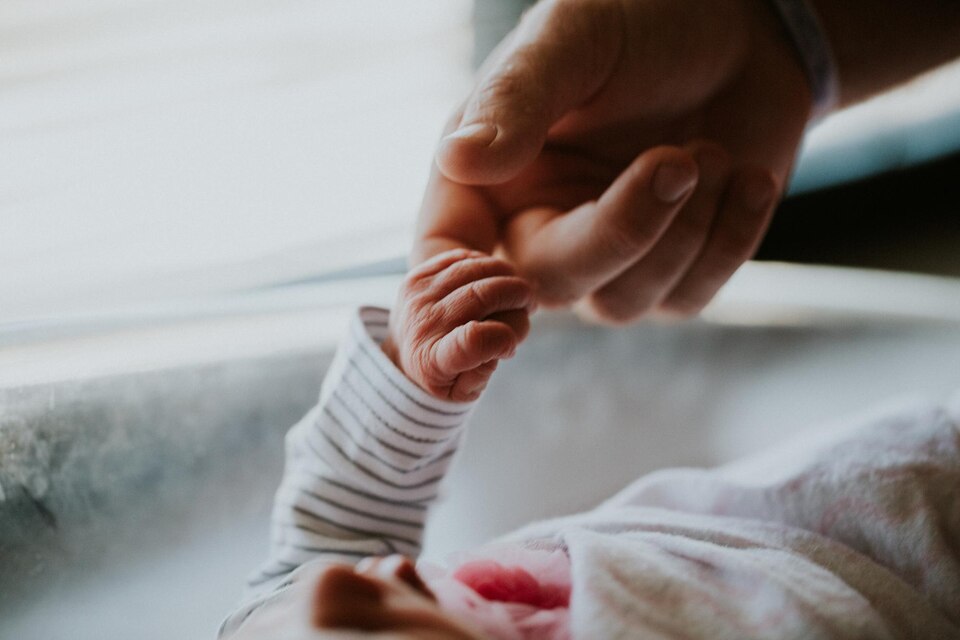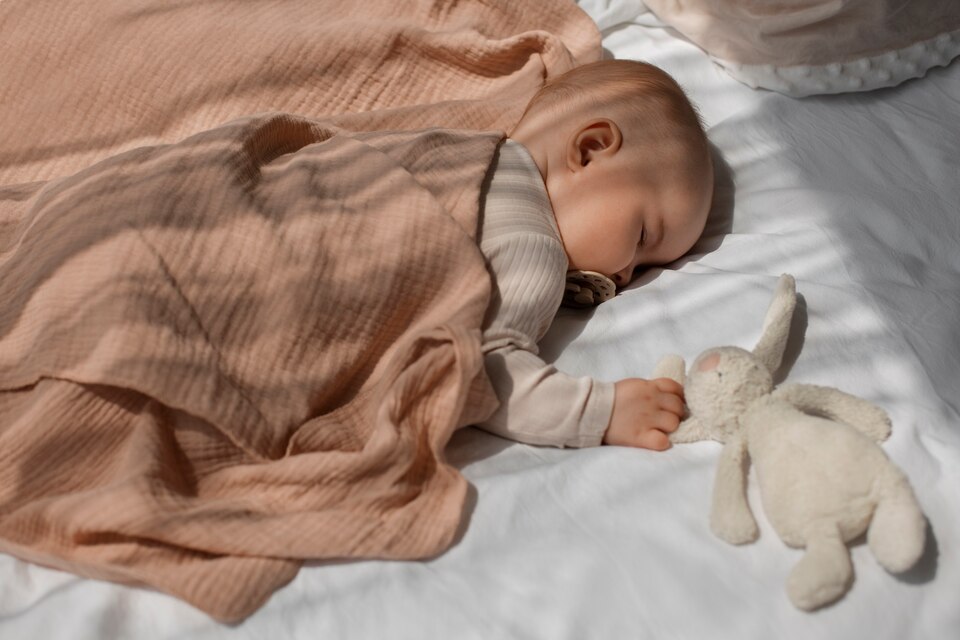As climate change reshapes day-to-day life, infant care has to adapt to an array of environmental parameters. From Alberta’s arid winters to Ontario’s wet summers, temperature and humidity can have a profound effect on infant well-being. Developments in adaptive climate systems have transformed the manner in which smart technology nourishes infants, allowing real-time environmental monitoring. Smart Cradle is one of the only technologies engineered with responsive climate support, soothing babies and keeping them safe under any regional extremes. This blog speaks of the environmental adaptation science of baby care and how it translates into safer sleep through smart design.
Environmental Responsiveness in Pediatric Technology
Recent studies indicate the influence of temperature fluctuations on neonatal REM cycles and respiration patterns (Journal of Pediatric Research, 2023). Responsive climate technology plays a significant role in normalizing these physiological processes. Contemporary cradles use smart thermal control to ensure optimal sleeping temperatures. Smart Cradle uses AI-enabled monitoring, which automatically controls environmental factors, with a consistent 20–22°C being maintained even under seasonal changes. This leads to safer sleep and fewer micro-awakenings, a crucial marker of optimal growth.
Air Quality and Breathing Regulation
Poor indoor air quality increases the risk of infant respiratory conditions, including asthma and bronchitis. Air quality monitoring systems integrated into smart devices now detect carbon dioxide, volatile organic compounds, and humidity. Smart Cradle’s integrated gas sensors provide this layer of protection. The cradle analyzes real-time air conditions and alerts caregivers when thresholds are breached.
According to data published in the International Journal of Pediatric Pulmonology (2024), infants exposed to polluted air during sleep showed 22% more irregular breathing patterns. Responsive cradles with air quality monitoring can act as an early intervention tool. Combined with humidity sensors for infants, these systems adjust internal conditions to support optimal breathing mechanics, enhancing rest and health.
Regional Adaptability and Seasonal Shifts
In Canada, with its very different climate, technology must accommodate seasonality. Smart environmental adaptation allows caregivers to pre-configure local climate modes from external weather data. For instance, the environment of Smart Cradle links to weather APIs, adjusting sleeping environments in sync with local humidity and barometric pressure.
The smart thermal control module in the system predicts room temperature trends and pre-empts heat and airflow adjustments. Environment Canada (2023) studies validate this methodology: automated environmental responses in infant products in thermally unstable environments reduce sleep disturbance by 35%. With smart environmental adaptation, babies experience constant comfort—wherever they are in the globe.
Humidity’s Impact on Infant Skin and Sleep
Infant respiratory comfort and skin hydration are affected by high or low humidity. Humidity sensors for infants are becoming the norm in pediatric sleep technology. They monitor not only moisture content but also activate humidifiers or dehumidifiers to maintain levels within the ideal range.
Studies by the Journal of Neonatal Health (2023) indicate that maintaining 40–50% humidity avoids skin irritation and nasal clogging in new-born infants. Smart Cradle, integrated with humidity sensors for infants in addition to thermal and air monitoring, offers absolute environmental balance. Such sensors complement adaptive cradle features, illustrating how sleep quality also has a high association with microclimate precision.
Integrating Environmental Intelligence with Smart Homes
The future of responsive infant care lies in smart environmental adaptation through home integration. Devices like Smart Cradle now connect to full smart home systems, exchanging data with thermostats, air purifiers, and voice assistants. This connectivity allows parents to manage sleep environments using voice commands or automated schedules.
For example, if outdoor temperatures spike, the system adjusts the nursery temperature while lowering humidity. Studies in IEEE Internet of Things Journal (2024) validate this approach: smart-home-integrated infant tech led to a 40% increase in uninterrupted infant sleep. Smart environmental adaptation turns passive parenting into proactive well-being management.
Conclusion
Infant care is no longer static. It must evolve with our environment. Innovations like smart thermal control, air quality monitoring, and humidity sensors for infants enable personalized sleep support based on climate and season. Smart Cradle represents this adaptive future—where infant safety is preserved through intelligent, environmental design. Regional variability is no longer a challenge but an opportunity to offer tailored care. This approach not only protects but also optimizes infant development.



